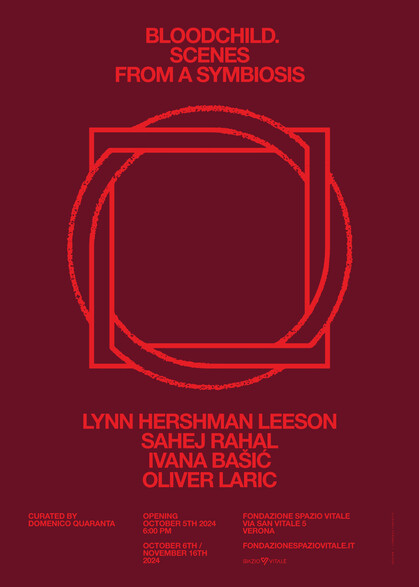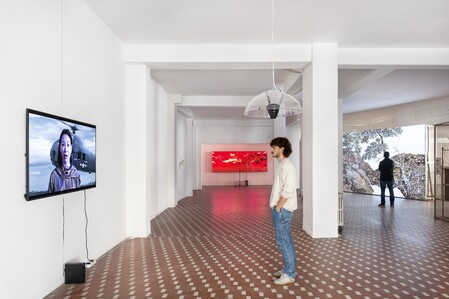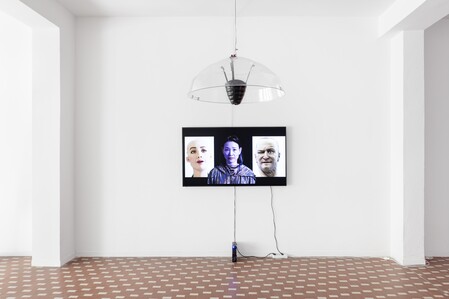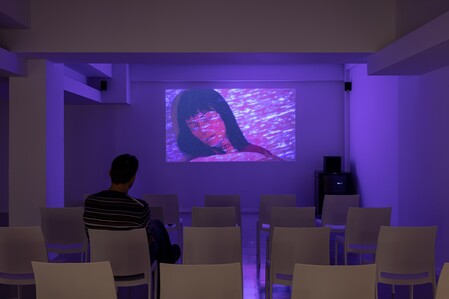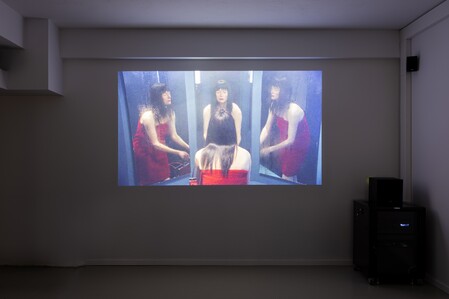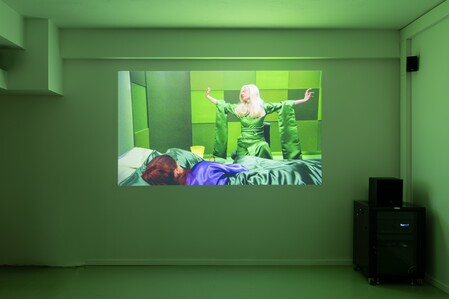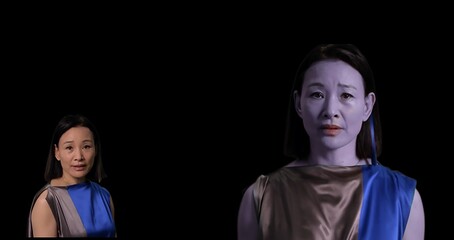Group Exhibition Fondazione Spazio Vitale, Verona, Italy
Opening: Saturday, October 5, 2024 – 6 to 8 PM
Curated by: Domenico Quaranta
Artists: Ivana Bašić, Lynn Hershman Leeson, Oliver Laric, Sahei Rahal
During the 20th century, the advent of the information age and the process of digitization of society further radicalized dichotomies inherent in Western culture: between existence and essence, between things and information, between body and soul. More specifically, the human is translated into streams of electricity and data, giving up the physical dimension of the body, thus engendering pain. Yet is a less dichotomous and more organic view of the human-technology relationship possible? According to information theorist Giuseppe Longo, the relationship between man and technology is a symbiotic one, and the homo technologicus that emerges from this relationship and co-evolution is a symbiont. Longo does not deny this imbalance but proposes that we address it from a finalistic perspective, inviting us to consider what steps are necessary to build a functional and constructive relationship where we, as hosts, have to set the limit. In her visionary short story Bloodchild (1984), African-American writer Octavia L. Butler tells of a group of human refugees who, in order to survive in a hostile environment, bend to an invasive, disturbing and dangerous alliance with an alien species; similarly, in the here and now of an environment turned hostile – biologically, socially and spiritually – by its intervention, the human-technology symbiont finds itself in the need to redesign a long-standing relationship that has dramatically accelerated in recent decades, in order to recreate the conditions of its own survival.
Bloodchild. Scenes from a Symbiosis is a group exhibition that compares the positions of four artists (Ivana Bašić, Lynn Hershman Leeson, Oliver Laric, Sahej Rahal) regarding the forms that this relationship has taken: investigating its weaknesses, delving into the reasons for contemporary discomfort, and proposing, at times, perspectives on healing, not promoting a return to a hypothetical pre-technological human nature, but rather trying to restore the balance between the two actors in the relationship. In the exhibition’s narrative, the “bloodchild” is the human to come, the fruit of a difficult and troubled marriage; but it is also the humanity we already are, or have always been, since it was precisely in its relationship with technology that humans defined themselves as a species. After all, the challenge we are facing is the same one we have been fighting since we first turned a thing into a tool.
More Pictures:

